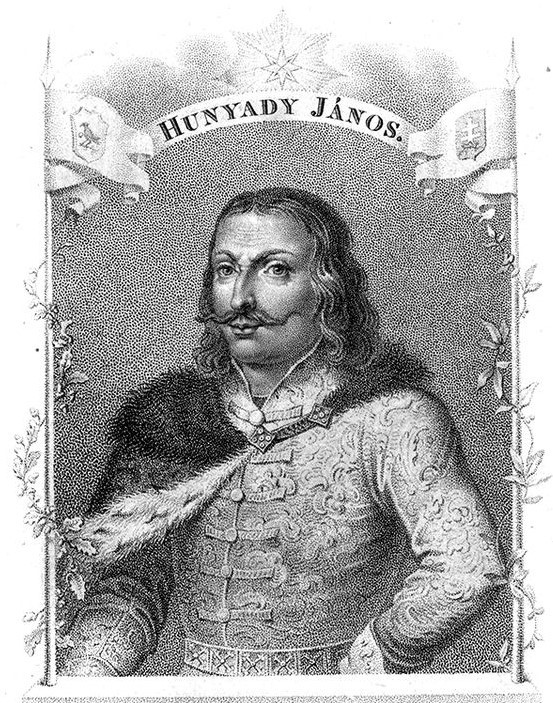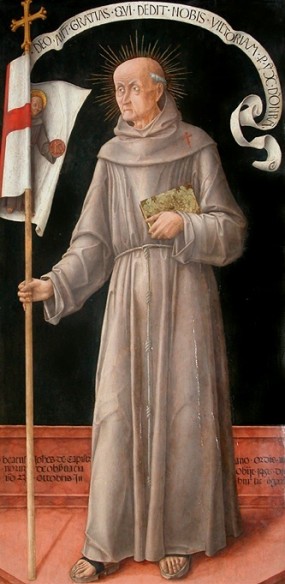 Twenty days after this crowning victory of his career [the Siege of Belgrade]—while “all Europe was ringing with his name and bonfires in his honour were blazing in every city in Hungary”—John Hunyadi breathed his last. As often happened in besieged cities, a plague had broken out at Belgrade, and the fifty-year-old warrior-general had at last contracted it.
Twenty days after this crowning victory of his career [the Siege of Belgrade]—while “all Europe was ringing with his name and bonfires in his honour were blazing in every city in Hungary”—John Hunyadi breathed his last. As often happened in besieged cities, a plague had broken out at Belgrade, and the fifty-year-old warrior-general had at last contracted it.
He was initially sent to recover in nearby Semlin (now Zemun, a municipality of Belgrade). When Hunyadi felt his demise draw nigh, he begged his old comrade, [Saint John] Capistrano, who had accompanied him to Semlin, to transport him to the local church for his final communion. The Franciscan told him to rest; the Eucharist would be brought to him. “Not so,” retorted the savior of Belgrade. “It is not meet that the Master should come to his servant. It is for the servant to go and seek his Lord.” Then, “although his strength was failing,” writes Aeneas, “he ordered himself to be carried into church, where he made his confession in the Christian way, received the divine Eucharist, and surrendered his soul to God in the arms of the priests.”
Thus died John Hunyadi on August 11, 1456 and was buried in his hometown of Transylvania. Ten weeks later, Capistrano also died.
Raymond Ibrahim, The Defenders of the West: The Christian Heroes Who Stood Against Islam (New York: Post Hill Press, 2022), 231–32.
Short Stories on Honor, Chivalry, and the World of Nobility—no. 863










